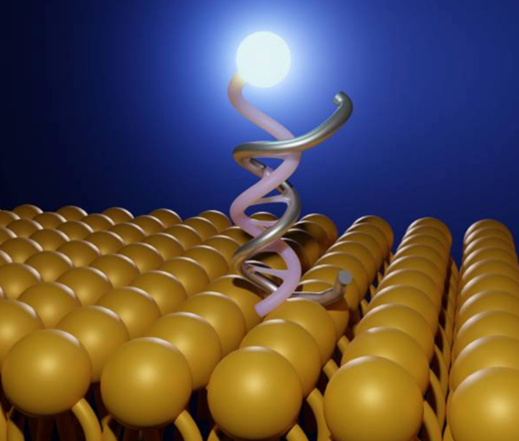Enhancing the Sensitivity of Photoelectrochemical-Based Biosensing

Tech ID
21-048
Inventors
A. Victorious
S. Saha
L. Soleymani
Patent Status
US application filed
Stage of Research
Proof of principle data available;
Angewandte Chemie, 2021
Contact
Amy Hector
Business Development Manager
Abstract
Photoelectrochemical (PEC) biosensors hold great promise for sensitive bioanalysis; however, similar to their electrochemical counterparts, they are highly affected by the variable backgrounds caused by complex biological matrices.
A team of researchers from McMaster has developed a new PEC-based biosensing strategy that uses differential signal processing by combining signals generated from two separate but correlated binding events on the biosensor. The differential signal is enhanced using a signal amplification barcode featuring a plasmonic nanoparticle. Thus, this biosensing design improves the limit-of-detection, sensitivity, and specificity of PEC-based DNA biosensors in biological samples.
Applications
- Biosensors for nucleic acid detection in complex biological matrices, such as urine and plasma
- DNA mutation detection (e.g. single- and double-point mutations)
- miRNA detection
- • Detection of oligonucleotides released from DNA machines (e.g. CRISPR-Cas systems, strand displacement-based systems, or DNAzymes)
Advantages
- Enhanced limit-of-detection and sensitivity in complex biological samples with minimal pre-processing
- Highly specific detection – distinguishing no mutations from single- and double-point mutations in unlabeled nucleic acids
- Simplified sensor architecture and readout instrumentation due to the use of a single signal barcode, wavelength, and applied potential

